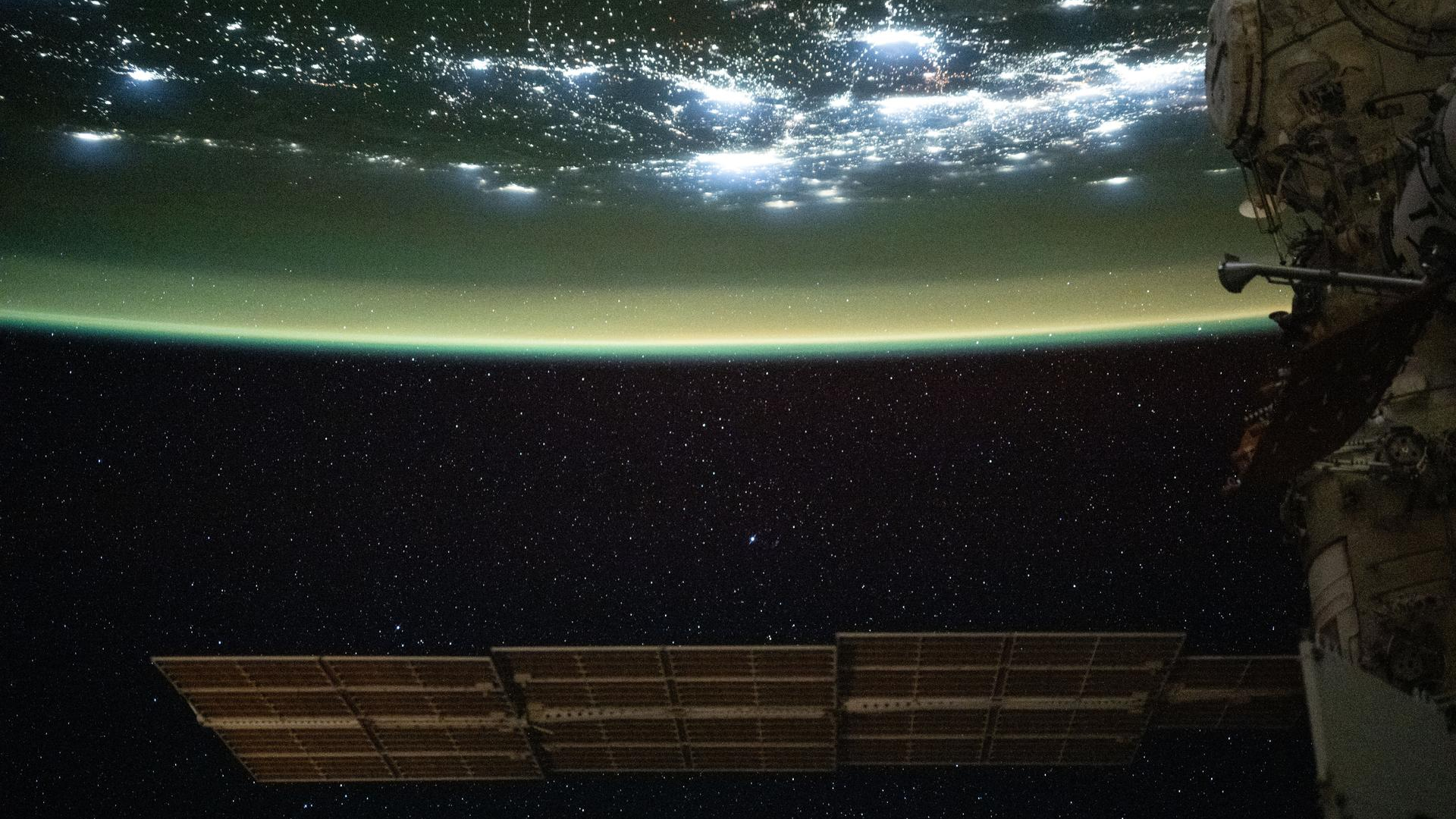Gamma-rays may have helped meteorites seed Earth with the building blocks of life

New research may have solved the puzzle of how amino acids formed within the space rocks that are thought to have seeded Earth with the building blocks of life.
During the violent early epoch of the solar system, high-energy gamma rays may have triggered chemical reactions that created the amino acids within these meteorites, which then bombarded Earth, kick-starting the origins of life, scientists propose in a new study.
Meteorites are made from the material left over from the formation of the solar system's planets around 4.5 billion years ago and frequently smashed into the surfaces of young planets, including the initially sterile Earth, during the earliest epoch of the solar system.
Related: Meteorites reveal how they brought space water to Earth
Scientists think that if that early bombardment included a class of meteorites called carbonaceous chondrites — which contain significant amounts of water and small molecules, such as amino acids — this space-rock delivery system could have contributed significantly to the emergence of life on our planet.
Yet how these molecules formed within meteorites in the first place has remained a puzzle — one that Yokohama National University astrobiologist and cosmochemist Yoko Kebukawa and her team think they may be on a path to solving, according to a statement.
In previous experiments, Kebukawa and colleagues had shown that reactions between simple molecules, such as ammonia and formaldehyde, can synthesize amino acids and other macromolecules. But for this to happen, liquid water and heat would be required.
Breaking space news, the latest updates on rocket launches, skywatching events and more!
The team wanted to know if this heat could have been supplied when radioactive isotopes, like aluminum-26 — which is known to exist within carbonaceous chondrite meteorites — decayed and released high-energy radiation called gamma-rays.
To test this idea, Kebukawa and her team dissolved formaldehyde and ammonia in water and then sealed the resultant solution in glass tubes. These tubes were then irradiated with gamma-rays created by the decay of the radioactive isotope cobalt-60.
The scientists discovered that this process caused the creation rate of alpha-amino acids, like alanine, glycine, alpha-aminobutyric acid and glutamic acid; as well as beta-amino acids, such as beta-alanine and beta-aminoisobutyric acid, to increase. Additionally, the team found that increasing the total dose of gamma-rays that the samples were exposed to boosted the production rate of these biomolecules.
Considering these results and the level of gamma-ray exposure that the decay of aluminum-26 could cause, the team estimated how long this process would have taken to generate the amount of alanine and beta-alanine found in the Murchison meteorite, which landed in Australia in 1969.
They found that it would have taken between 1,000 and 100,000 years to produce the levels of these amino acids found within the Murchison meteorite.
Kebukawa and her colleagues believe their research provides evidence that reactions driven by gamma-rays could have indeed created the amino acids that would eventually reach Earth's surface, thus providing a vital contribution to the origin of life.
The team's research was published Wednesday (Dec. 7) in the journal ACS Central Science.
Follow us on Twitter @Spacedotcom or on Facebook.

Robert Lea is a science journalist in the U.K. whose articles have been published in Physics World, New Scientist, Astronomy Magazine, All About Space, Newsweek and ZME Science. He also writes about science communication for Elsevier and the European Journal of Physics. Rob holds a bachelor of science degree in physics and astronomy from the U.K.’s Open University. Follow him on Twitter @sciencef1rst.
